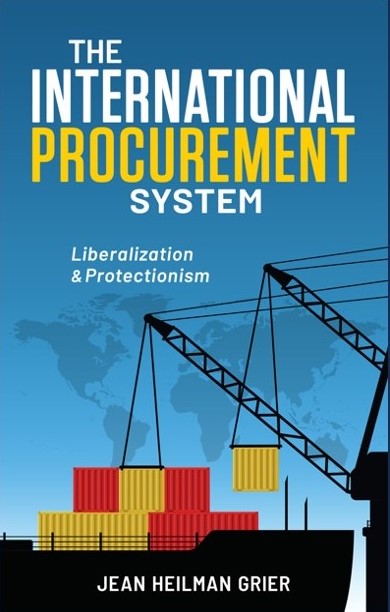
Government procurement required 40 years and substantial efforts to become part of the international trade regime, even though it comprises a significant part of the global economy. The international system requires governments to balance protectionist forces favoring local suppliers against the pressures of liberalization, which expand procurement markets and lower prices.
The International Procurement System takes the reader on a journey through the negotiations and compromises that were required to subject government procurement to international disciplines. It begins with the development of plurilateral agreements in the World Trade Organization. It continues through bilateral agreements involving the United States, the European Union, and Japan. It looks at what the participants gained by incorporating procurement into the global trading system and what they gave up.
The United States is central to this story. It was an early and strong champion of opening procurement to foreign participation. Yet it has been challenged by pressures to comply with a myriad of domestic laws mandating favoritism for US products. Beginning with the ‘America First’ policies of the Trump administration and accelerating under President Biden, the US has been pivoting away from its support of liberalization. As US leadership waned, the European Union and other trading parties moved into pivotal roles.
After detailing the 40-year development of government procurement’s role in global trade; Jean Heilman Grier addresses the challenges and tensions of the international system. China remains outside the system despite its vast procurement market. The US protectionist turn is prompting similar responses by other countries. The EU is adopting trade defense measures to protect its own interests. The International Procurement System concludes that the primary procurement agreement may be destined to remain a club of mostly developed countries and unable to restrain the expansion of unilateral measures.